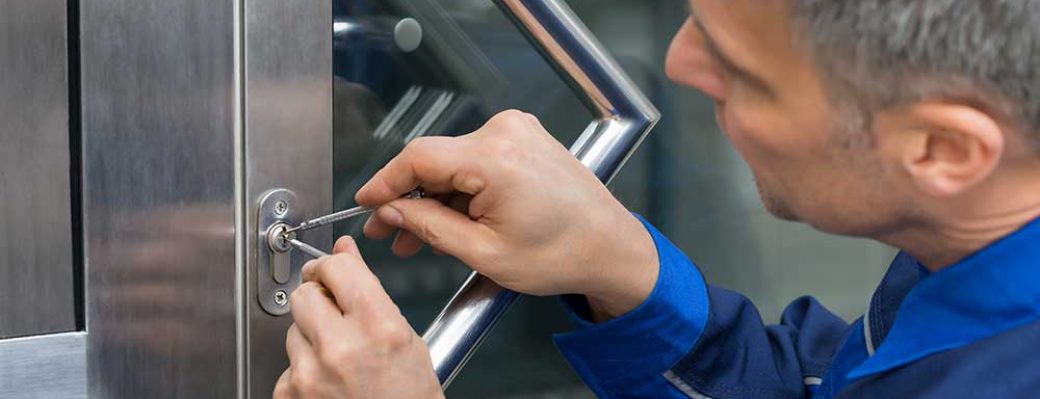One of the most important steps in varicose vein treatment is understanding the causes behind the condition. Genetics play a significant role, as individuals with a family history of varicose veins are more likely to develop them. Additionally, factors such as prolonged standing, pregnancy, obesity, and age contribute to the increased risk of varicose veins. For those experiencing mild symptoms or cosmetic concerns, non-invasive varicose vein treatments are often the first option recommended by healthcare providers. These treatments include lifestyle changes, compression stockings, and over-the-counter creams that can help reduce swelling and discomfort. However, when the veins become more pronounced or painful, medical treatments may be required to improve both the appearance and function of the affected veins.
Compression therapy is one of the most widely recommended non-surgical treatments for varicose veins. Compression stockings are specially designed garments that apply gentle pressure to the legs, helping to promote healthy blood circulation. These stockings are available in various strengths and can be worn throughout the day to prevent blood from pooling in the veins, which is the primary cause of varicose veins. Not only do compression stockings improve blood flow, but they also reduce the feeling of heaviness and swelling that often accompanies varicose veins. While compression therapy cannot completely eliminate varicose veins, it can significantly reduce symptoms and prevent the condition from worsening.
In more severe cases, medical procedures may be necessary to treat varicose veins effectively. Sclerotherapy is a popular non-surgical treatment option in which a special solution is injected into the affected veins. This solution irritates the vein lining, causing it to collapse and eventually fade from view. Sclerotherapy is particularly effective for smaller veins and spider veins but can also be used on larger veins in some cases. This procedure is relatively quick and requires minimal downtime, making it an appealing option for many individuals. However, multiple sessions may be required to achieve the desired results, especially for larger veins.
Endovenous laser treatment (EVLT) is another minimally invasive option for treating varicose veins. This procedure involves using a laser fiber inserted into the vein through a small incision. The laser energy heats the vein, causing it to collapse and seal shut. Over time, the body naturally reabsorbs the treated vein, improving blood flow in the surrounding veins. EVLT is a highly effective procedure with a low risk of complications, and it typically requires only local anesthesia. Many patients report experiencing immediate relief from symptoms after the treatment, and recovery time is generally quick, with most individuals returning to normal activities within a few days.
For larger and more problematic varicose veins, vein stripping or phlebectomy may be necessary. These surgical procedures involve removing or tying off the affected veins through small incisions. While these procedures are more invasive than sclerotherapy or laser treatment, they can provide long-lasting relief for individuals with extensive varicose veins. Both vein stripping and phlebectomy are usually performed under general anesthesia, and patients may need to take some time off work to recover fully. These procedures are often reserved for cases where other treatments have not been successful in alleviating symptoms.
In addition to medical treatments, some individuals seek natural remedies to manage their varicose veins. These treatments focus on improving circulation and strengthening the veins. For example, regular exercise, particularly activities that involve leg movement such as walking, cycling, or swimming, can help stimulate blood flow and prevent the worsening of varicose veins. Elevating the legs above the level of the heart can also reduce swelling and improve circulation, especially after a long day of standing or sitting. Dietary changes, such as increasing fiber intake and reducing salt consumption, may help reduce fluid retention and improve vein health.
Herbal remedies have also gained popularity as a natural way to treat varicose veins. Ingredients such as horse chestnut, gotu kola, and witch hazel are commonly used in topical creams or supplements designed to support vein health and reduce inflammation. While these remedies can provide some relief for mild cases of varicose veins, they should not be considered a substitute for professional medical treatment. Consulting with a healthcare provider before trying any alternative therapies is essential, particularly if you are already undergoing medical treatment.
When it comes to preventing varicose veins, lifestyle changes can play a crucial role. Maintaining a healthy weight, avoiding prolonged periods of standing or sitting, and engaging in regular physical activity are key habits that can help prevent the development or progression of varicose veins. Wearing compression stockings as a preventive measure can also help reduce the risk of developing varicose veins, particularly for individuals at higher risk due to factors like pregnancy or occupation.
In conclusion, varicose vein treatment options range from simple lifestyle changes and non-invasive therapies to more advanced medical procedures. Whether you are dealing with mild symptoms or severe cases, there is a treatment option that can help manage your condition and improve your quality of life. Consult with a healthcare provider to discuss your options and determine the best course of action based on your unique circumstances. With the right treatment, varicose veins can be effectively managed, allowing you to enjoy a more comfortable and active lifestyle.

